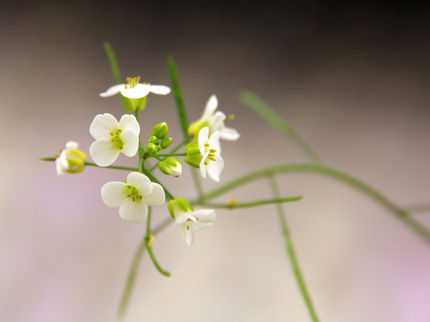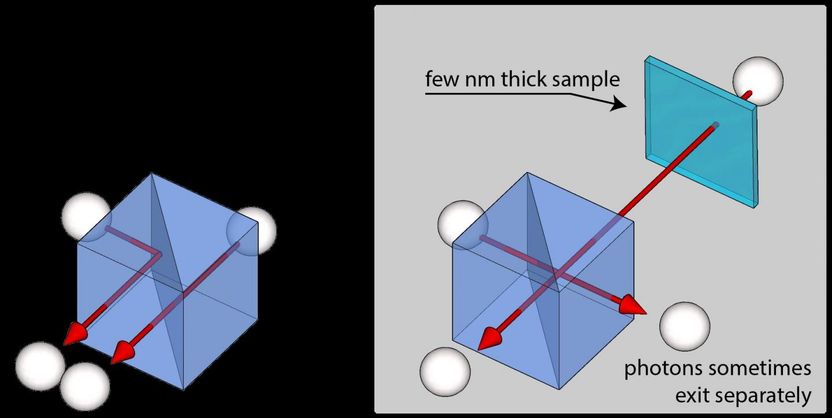The humble fruit fly gives clues to genetic adaptation and immune system evolution
Cornell researchers have played a major role in an international scientific team that has compared the complete set of genes of 12 closely related fruit fly species. As well has having implications for human health - from genetic adaptation to evolving immune systems - the analysis paves the way for better understanding the evolution of each species.
From the results of the research, the Cornell scientists coordinated one of the two papers published in Nature. The team, known as the Drosophila 12 Genomes Consortium, represented 16 countries and was supported by the U.S. National Institutes of Health National Human Genome Research Institute.
"By looking at a wider number of species, we had much greater power to detect genes and regulatory elements from the way the sequences diverged between species, and to test models of what evolutionary pressures those genes and regulatory elements must have faced," said Andrew Clark, Cornell professor of population genetics and one of the paper's co-authors.
The comparative method of this study allows researchers to see which genes have stayed the same and which have diverged, since all 12 species shared a common flylike ancestor some 60 million years ago. The directions in which genes have diverged provide evidence of evolution within each species.
"Methodologically, the study demonstrates the effectiveness of contrasting multiple genomes," said Clark. He and his Cornell colleagues coordinated the evolutionary analysis and worked with colleagues around the world on writing the paper. "It underscores the utility of doing comparative genomic analysis," he said.
In comparing the genome sequences of the 12 species, the team of scientists discovered, for example, that D. melanogaster shares only 77 percent of about 13,700 protein-coding genes with all of the other 11 species. The 23 percent of genes that differ are most likely the ones that have adapted themselves due to environmental pressures and sexual selection. For example, one specialist fruit fly, D. sechellia, eats only one type of fruit and is losing taste receptors five times faster than other fruit fly species that eat a wider range of foods.
Clark said there also is evidence of an evolutionary battle in immune systems of the flies as they repeatedly adapted their defenses against mutating bacteria. As bacteria find new ways to infiltrate a system, species evolve their own new defenses. Most of the genetic changes have been in each fruit fly species' ability to detect and recognize bacteria they confront, Clark said. Although species may respond differently to particular bacteria, overall their innate primary immune responses are similar and even share many features in common with human innate immunity.
One species, D. willistoni, surprised researchers because it had no genes that produce selenoproteins, which sequester selenium, an antioxidant found in many foods and a required mineral for nearly all higher organisms including humans. D. willistoni appears to be the first case of an animal that does not have genes to make selenoproteins, though the researchers cannot rule out the possibility that the species may have another way to encode selenium in its proteins.
Most read news
Topics
Organizations
Other news from the department science
These products might interest you

Kjel- / Dist Line by Büchi
Kjel- and Dist Line - steam distillation and Kjeldahl applications
Maximum accuracy and performance for your steam distillation and Kjeldahl applications

AZURA Purifier + LH 2.1 by KNAUER
Preparative Liquid Chromatography - New platform for more throughput
Save time and improve reproducibility during purification

Get the analytics and lab tech industry in your inbox
By submitting this form you agree that LUMITOS AG will send you the newsletter(s) selected above by email. Your data will not be passed on to third parties. Your data will be stored and processed in accordance with our data protection regulations. LUMITOS may contact you by email for the purpose of advertising or market and opinion surveys. You can revoke your consent at any time without giving reasons to LUMITOS AG, Ernst-Augustin-Str. 2, 12489 Berlin, Germany or by e-mail at revoke@lumitos.com with effect for the future. In addition, each email contains a link to unsubscribe from the corresponding newsletter.


























































